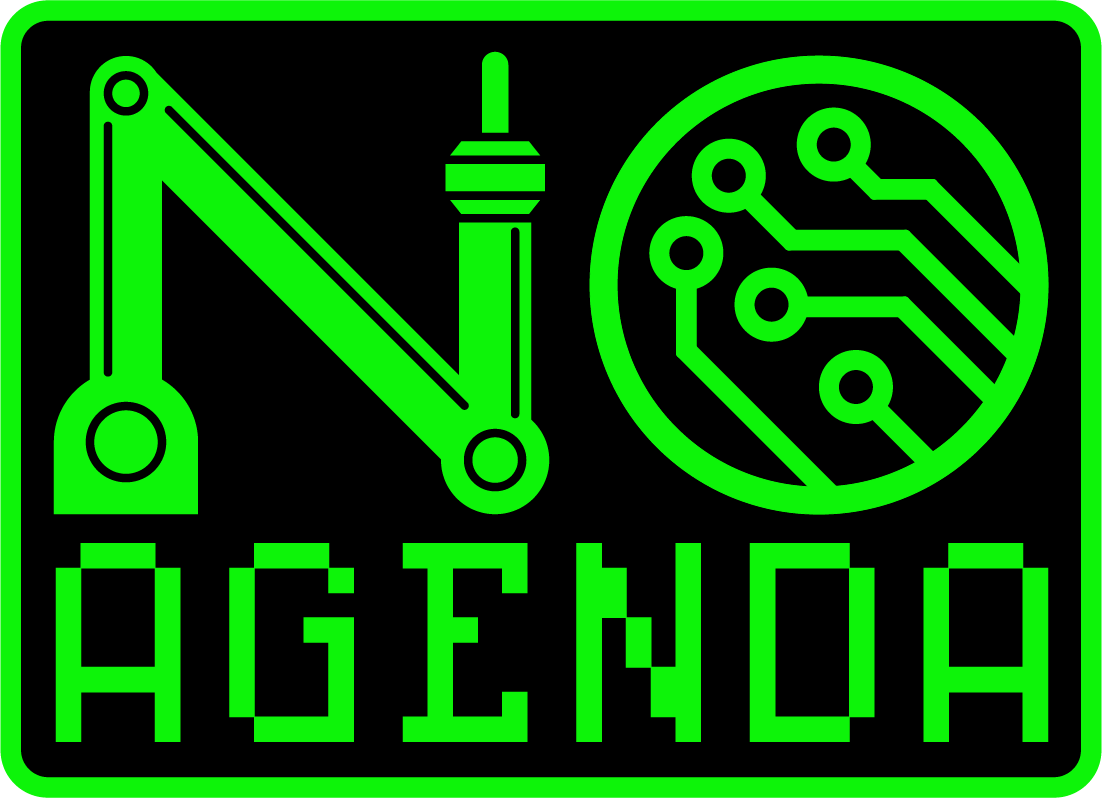| I’ve made a lot of mistakes. This isn’t a secret. Despite having spent years coaching executives, managers, teams, and therapists on emotional intelligence and communication, I’m not perfect—not even close. That’s not horrible. It just means I’m human. The key is I’ve learned from most of those mistakes…and that’s given me valuable experience. They say experience is the best teacher. What they don’t tell you is which kind of experience. What I mean is, it’s much better to learn from others’ experience when you can. That way, you get the helpful lesson, without going through the heartache. That’s why I started making these emotional intelligence “rules.” First, to help give me a way to apply what I’d learned. An easy principle or construct to go through in my mind in those crazy, emotional moments, so I don’t keep making the same mistakes. And second, to help others to do the same. But, how do you do that exactly? I like to compare these rules to chess strategy. Chess seems like a relatively simple game. After all, there are only two sides (black and white), and 32 total pieces. But there are literally millions of possible ways a chess match can develop, making the game extremely complex. So, how do good chess players decide their strategy? They operate on a series of guiding principles. Those principles help them avoid getting into bad situations in the beginning of games. As the game increases in complexity, those principles help them decide the best way to move forward. That’s what the Rules of Emotional Intelligence are designed to do for you, except in real life. They’re not hard and fast rules; they’re more like principles or guidelines, like those we just spoke about in chess. You can use these principles at work and at home to help keep you from getting into situations you don’t want to be in. And when you’re in complex, sticky situations, these rules can help you find a way out. If you’ve subscribed to this newsletter for a while, you’ve learned a lot of these rules, like: The 3-Question Rule, that helps you to think before you speak. -Does this need to be said? -Does this need to be said by me? -Does this need to be said by me, now? Turn Critical Into Constructive, the simple, 4-step framework that transforms your feedback from harmful to helpful. The Blue Dolphin Rule, which teaches you how to replace negative thoughts (white bears) with positive ones (blue dolphins). These are just a few of the frameworks you’ve learned, but hopefully you find value in all of them. I use them daily, and many of you have done the same. I know, because thousands of you have emailed me to share your experience! Reading those emails has been an amazing exercise in empathy. I feel like I’ve seen the world through thousands of different pairs of eyes, lived a thousand different lives… And that’s helped me to continue to refine these rules and frameworks, to make sure they’re as valuable as possible. So, thank you for your help. Because developing emotional intelligence is truly a lifelong journey. And I appreciate the chance to journey together. Talk soon, |
Justin


Leave a Reply